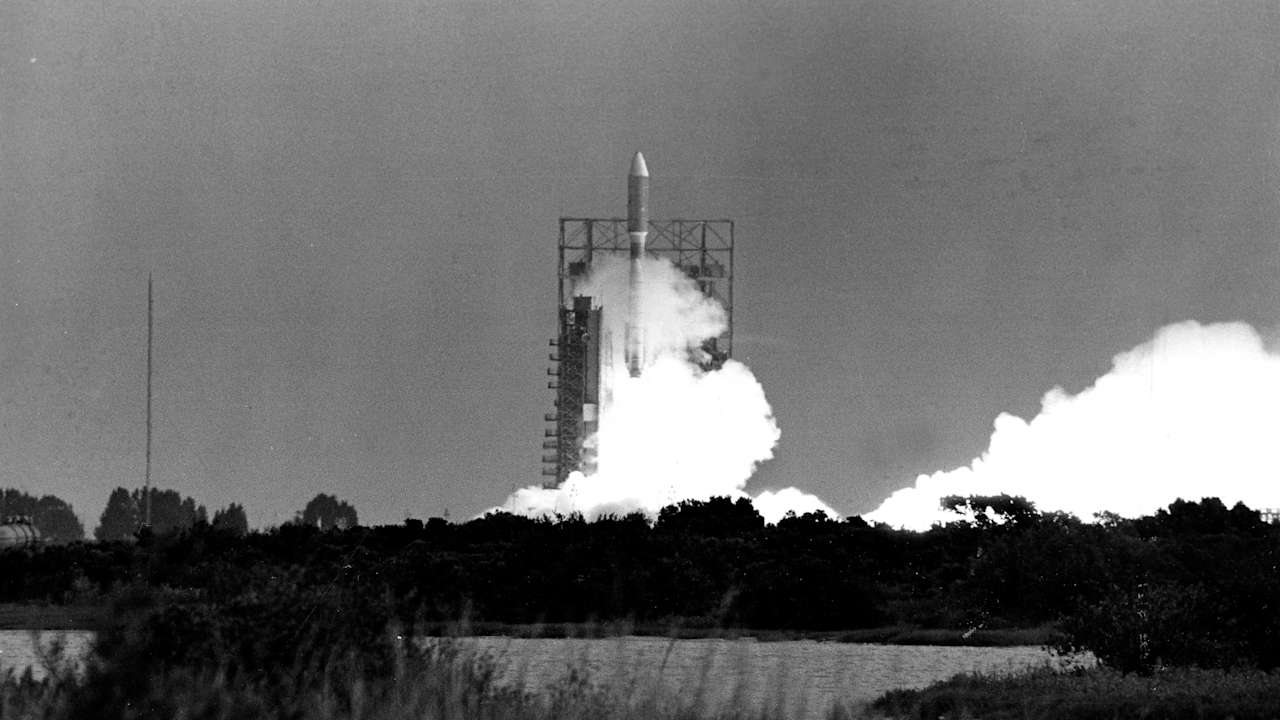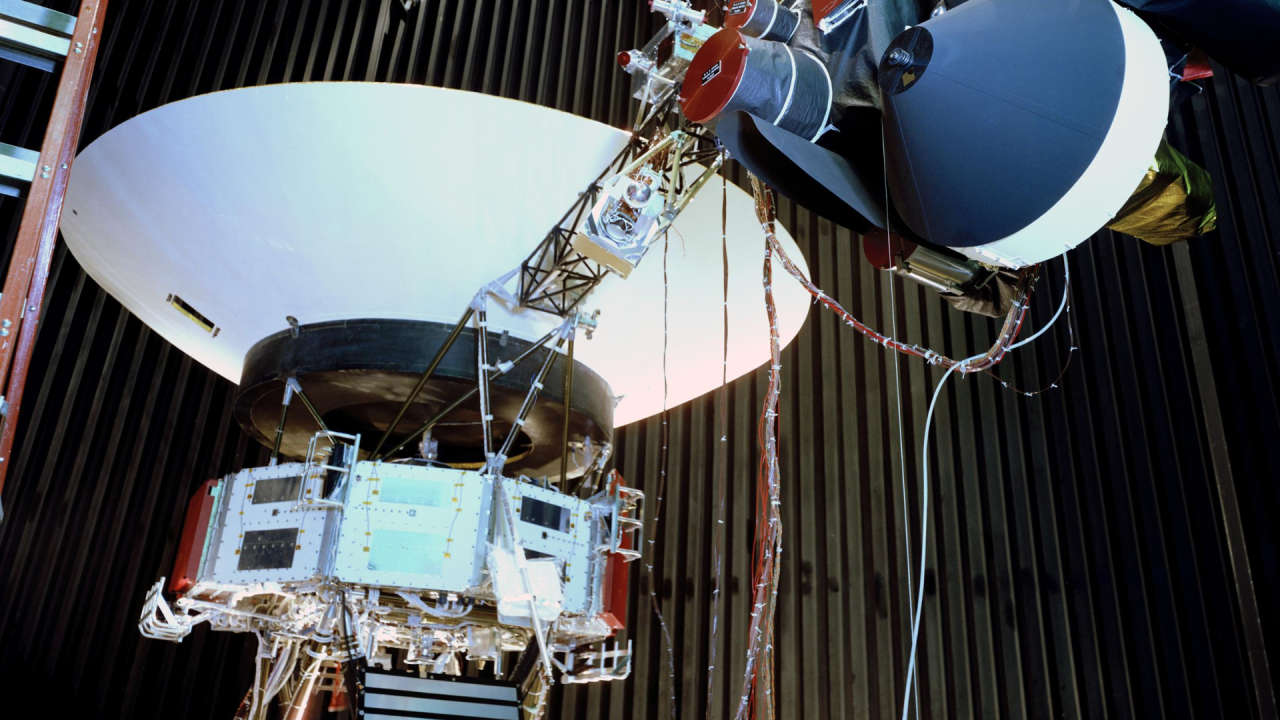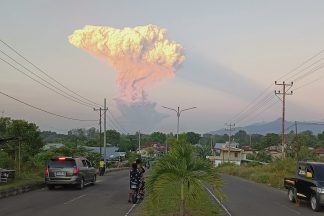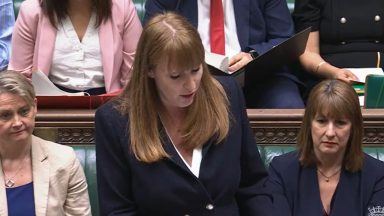NASA is searching for Voyager 2 after losing contact with the spacecraft billions of miles away.
Hurtling ever deeper into interstellar space, Voyager 2 has been out of touch ever since flight controllers accidentally sent a wrong command more than a week ago that tilted its antenna away from Earth.
The spacecraft’s antenna shifted a mere 2%, but it was enough to cut communications.
Although it’s considered a long shot, NASA said that its huge dish antenna in Canberra, Australia, is on the lookout for any stray signals from Voyager 2,
The craft – one of only two to have ever made it beyond our solar system – is more than 12 billion miles (19 billion kilometres) away.
It takes more than 18 hours for a signal to reach Earth from so far away.
In the coming week, the Canberra antenna – part of NASA’s Deep Space Network – will also bombard Voyager 2’s vicinity with the correct command, in hopes it hits its mark, according to NASA’s Jet Propulsion Laboratory, which manages the Voyager missions.
Otherwise, NASA will have to wait until October for an automatic spacecraft reset that should restore communication, according to officials.
Voyager 2 was launched in 1977 to explore the outer planets, just a couple weeks ahead of its identical twin, Voyager 1.
Still in touch with Earth, Voyager 1 is now nearly 15 billion miles (24 billion kilometers) away, making it humanity’s most distant spacecraft.

Both spacecraft were designed to find and study the edge of our solar system.
Voyager 1 has been used to study Jupiter, Saturn, Uranus and Neptune, according to NASA.
In 2018, more than 40 years after its launch, Voyager 2 entered interstellar space – the parts of the universe between star systems – in 2018.
Voyager 2 was the first human-made object to fly past the planet Uranus. The spacecraft discovered more than a dozen new moons during its years in space.
Follow STV News on WhatsApp
Scan the QR code on your mobile device for all the latest news from around the country























